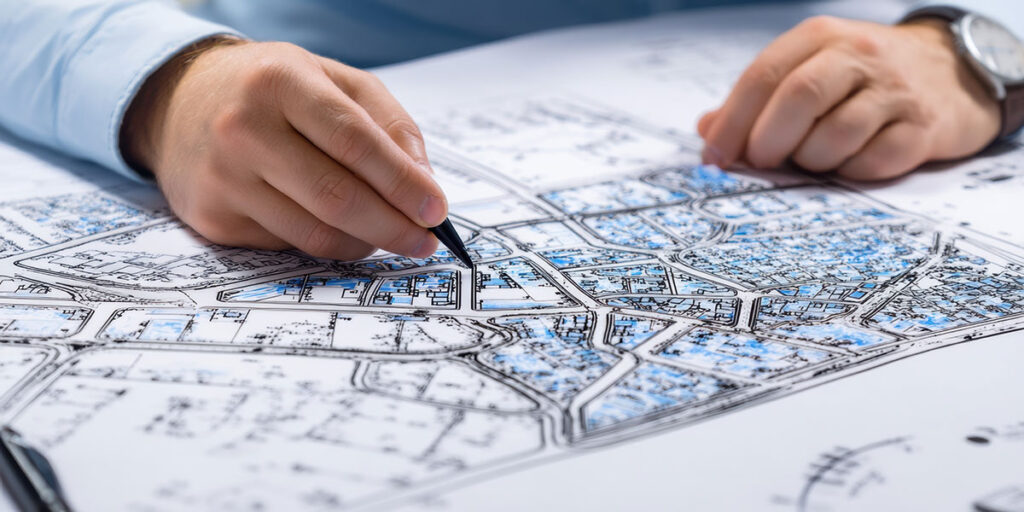Balancing Growth and Livability in the Sun Belt
Over the last few decades, the Sun Belt has become one of the fastest-growing regions in the United States. Cities from Austin to Charlotte, Atlanta to Phoenix, are seeing unprecedented development, attracting businesses, talent, and investment. As someone who has spent a career observing systems, optimizing processes, and supporting community initiatives, I’ve been fascinated by how these cities are managing rapid growth while trying to maintain livability and sustainability. The challenge is clear: how do you develop without sacrificing the quality of life that makes these cities attractive in the first place?
Growth Brings Opportunities
The growth of Sun Belt cities brings undeniable opportunities. Expanding infrastructure, new job markets, and modernized services can elevate communities and support economic prosperity. For residents, that often translates into better amenities, more cultural offerings, and increased access to education and healthcare. For businesses, the influx of talent and innovation fosters collaboration and creativity.
However, unchecked growth can have serious consequences. Traffic congestion, housing shortages, strained public services, and environmental impact are all challenges that have emerged alongside rapid expansion. Balancing development with livability requires careful planning, long-term vision, and an understanding that growth is not an end in itself—it’s a means to create stronger, more sustainable communities.
The Importance of Smart Urban Planning
In my experience, the cities that succeed in maintaining livability are those that embrace smart urban planning. This means designing neighborhoods that are walkable, accessible, and connected to public transit. It also means integrating green spaces, parks, and recreational areas that improve quality of life and support environmental sustainability.
Smart planning doesn’t happen overnight. It requires foresight, collaboration between public and private sectors, and policies that prioritize people as much as profits. I’ve seen firsthand how communities that plan carefully can foster growth while maintaining character, creating neighborhoods that are both vibrant and livable.
Housing and Community Access
One of the most visible challenges of rapid growth is housing. Many Sun Belt cities are experiencing rising property values and increased demand for both workforce and affordable housing. Ensuring that new development includes options for residents across income levels is essential. Without it, cities risk becoming exclusive and losing the diversity and vitality that make them appealing.
Efforts to integrate mixed-use developments, provide incentives for affordable housing, and support workforce-oriented projects are critical. These initiatives not only provide homes for residents but also create communities where people can live near their jobs, reducing traffic and strengthening social connections.
Sustainability Matters
Sustainable growth is about more than buildings and roads—it’s about resources, energy, and long-term planning. Cities in the Sun Belt face unique environmental challenges, from heat and drought to water management and green space preservation. Incorporating sustainable practices in construction, energy use, and city planning is no longer optional; it’s essential.
I’ve been impressed by cities that prioritize renewable energy, efficient public transit, and environmentally conscious development. Sustainability initiatives not only reduce environmental impact but also attract residents and businesses who value responsible growth. They demonstrate that it’s possible to expand while preserving the natural beauty and resources that make these regions so desirable.
Community Engagement is Key
Growth and sustainability aren’t just top-down efforts—they require community engagement. Residents, businesses, and local leaders all play a role in shaping the future of their cities. Open forums, advisory councils, and public-private partnerships create opportunities for feedback and collaboration, ensuring that development aligns with the needs and values of the community.
I’ve found that when communities are actively involved, projects are more effective, and residents feel a sense of ownership and pride in the changes happening around them. This involvement also builds social cohesion, which is just as important as economic growth in creating a thriving urban environment.
Lessons for the Future
The rapid expansion of the Sun Belt offers lessons for cities across the country. Growth must be managed thoughtfully, with a focus on livability, sustainability, and inclusivity. Cities that invest in smart planning, sustainable infrastructure, and community engagement will be better equipped to handle the pressures of expansion while maintaining the qualities that make them attractive in the first place.
For me, observing these developments has reinforced a key principle I’ve carried throughout my career: the most successful systems—whether in business, community, or urban planning—are those that balance efficiency with human-centered design. Growth is important, but it’s how we manage it that determines whether our communities flourish or falter.
The Sun Belt is a remarkable region, full of opportunity, talent, and energy. Its cities are evolving at a rapid pace, offering a glimpse into the future of urban development in America. The challenge, and the opportunity, is to ensure that growth enhances the lives of residents rather than overwhelming them. By prioritizing sustainability, smart planning, and community engagement, the Sun Belt can continue to thrive while maintaining the quality of life that makes it such a special place.
Growth and livability don’t have to be in conflict—they can complement each other when approached with care, vision, and a commitment to long-term success. Watching this balance unfold in the Sun Belt has been both inspiring and instructive, and I believe it offers a roadmap for cities everywhere striving to grow responsibly.
